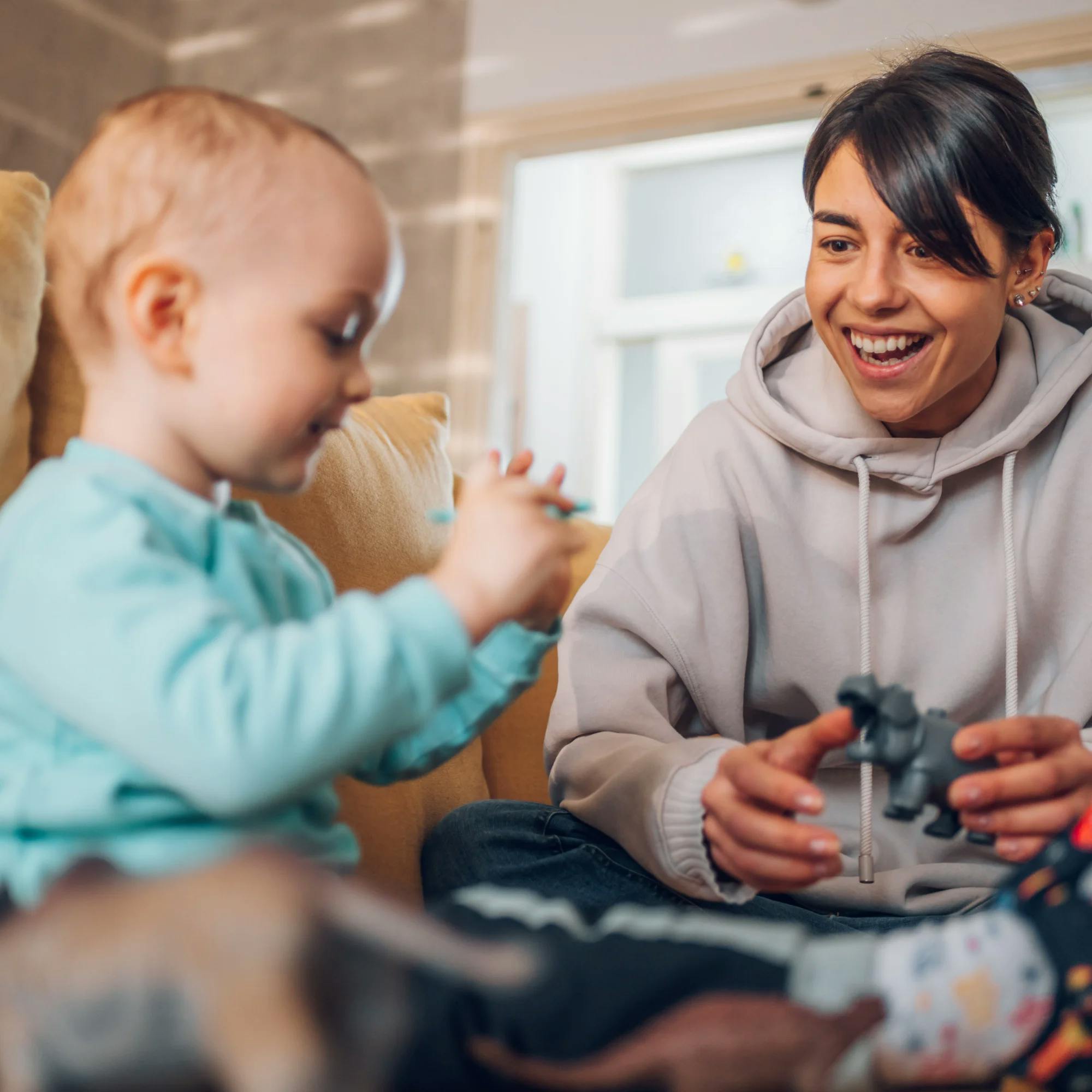Using Choices to Promote Early Language Development in Children
Hi everyone, it's Leanne with Expressable. Today we're discussing a fairly easy way to help early language learners increase not only their language comprehension but also their verbal language output.
When young children are developing early language skills, we know that they need to understand language before they can use it. And even then we sometimes see a gap between receptive language comprehension and expressive language use. Parents of my clients will often tell me, "Well, they understand everything I'm telling them, but they just aren't using those words." But there's a lot of strategies that speech-language pathologists will walk parents and caregivers through in order to facilitate building a language-rich environment. Today I'm going to walk us through using verbal and visual choices as a way to support comprehension and use of new vocabulary.
Your child may approach you with a want or need. Maybe they're hungry, maybe they'd like to play something with you. This is great! We're going to capitalize on their communicative intent. They've already shown some great foundational language skills just by initiating with another person. When they initiate, we should take note of the context. Are they looking towards the kitchen, reaching for the toy cupboard? Follow their lead. For example, if they're reaching for the pantry, we can take the opportunity to model "I'm hungry." When I talk about modeling language, what I mean is offering your child an example of something that they could or should say in that moment. So for instance, modeling "I'm hungry" when they're reaching for the pantry.
Then let's reach into the pantry and take out two options for them. It's important to note that these should be options that you are willing for them to have. So it might not be a great idea to offer them either cookies or popsicles if you'd rather that they have neither! Language learning is all about context, so visual cues are very helpful here. If you can get your hands on both of the options that you're offering, that's perfect. Show both, offering one at a time. We can say "pretzels, or raisins?" When we model these simple labels, we're simultaneously building comprehension and providing a hint for those kids that might already have those words in their receptive vocabulary to go ahead and turn around to use them.
What happens next? If your child verbally chooses pretzels, that's fantastic! We can then take the opportunity to model a language expansion. What I mean is what might be the next word in that sentence? For example, "I want pretzels" or "pretzels please."
If your child reaches for one of the choices without saying or imitating the words you've modeled, pause and continue to hold the object out of reach. Model the label for their choice once more: "pretzels." If they still don't imitate, that's okay. You've given them nice, contextual exposure to the vocabulary. If they do imitate, nice work! Maybe try a language expansion. Either way, go ahead and give them the pretzels or whatever they've chosen.
This strategy can easily be used across all sorts of daily routine activities. Getting dressed? What should we put on first, pants or shirt? Ready to play? Blocks or puzzle?
When we keep our language models simple for early language learners, we're increasing the likelihood of comprehension and language imitation. By comparison, if your child reached through the toy box and we asked them "Do you want to play with some toys?" or said "Let's find your cars to play with!" we might be missing out on a key opportunity for them to jump in and express that language themselves.
If you have concerns regarding your child's speech or language development, you should contact their physician, who may recommend seeking the services of a speech-language pathologist.






